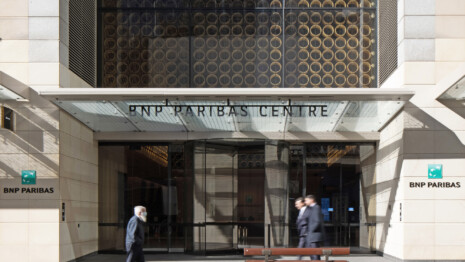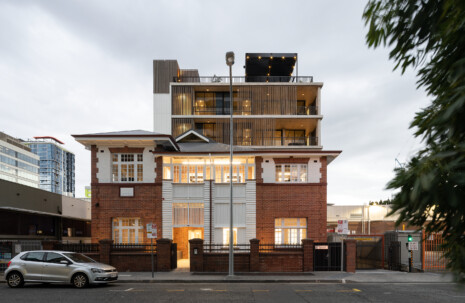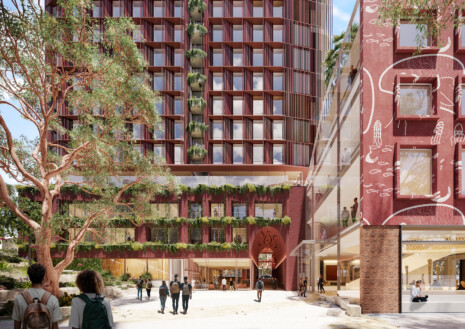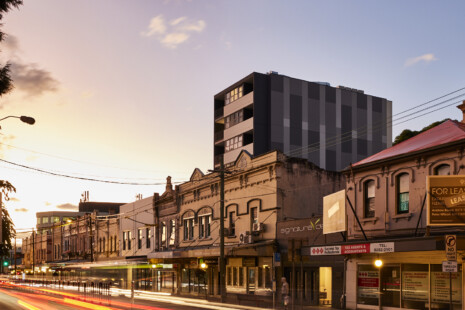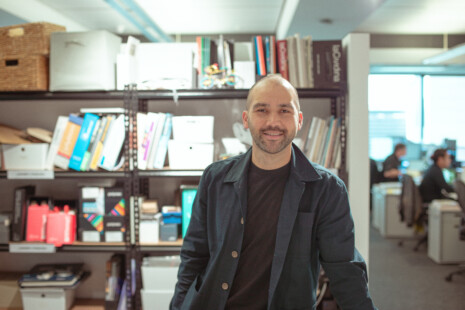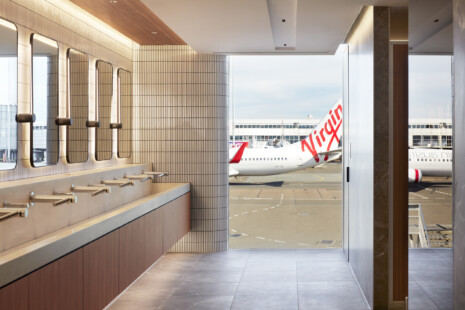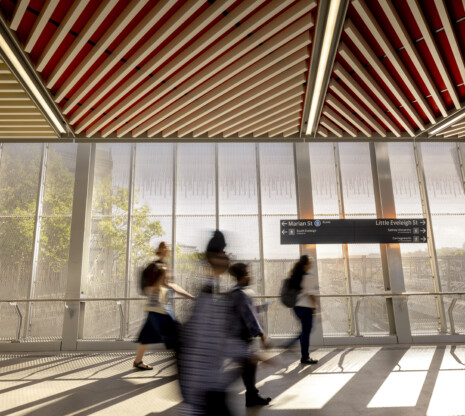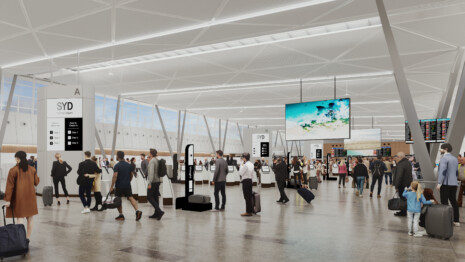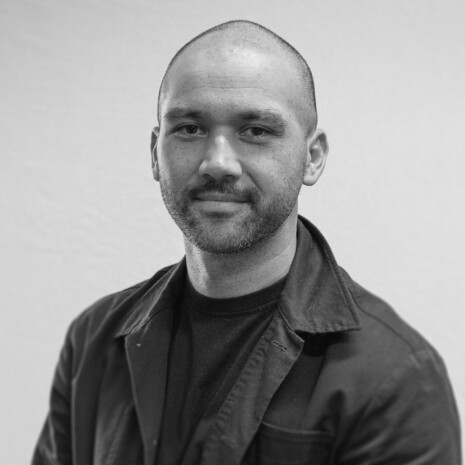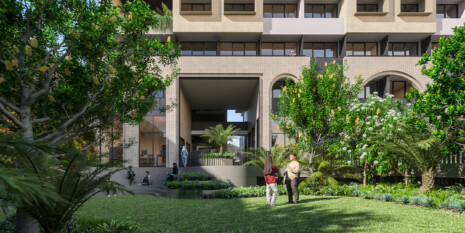
Rethinking Residential — Joseph Loh on the Future of Mixed-Use Living
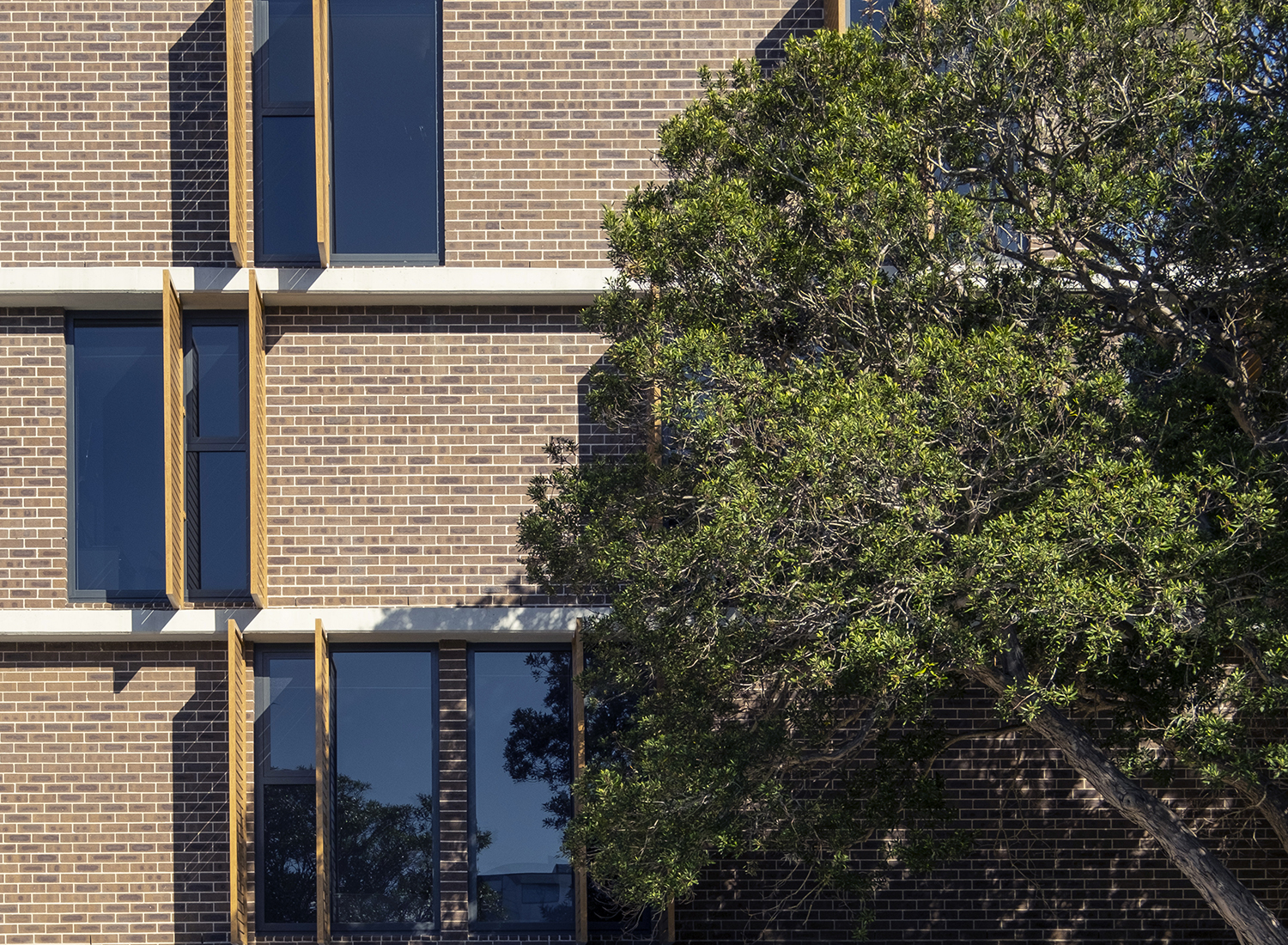
For Joseph Loh, DesignInc’s new Principal for Residential and Mixed-Use sectors, housing is about much more than buildings. It’s about the overlap: where living, working, recreation and community come together.
‘In cities like Sydney, people expect more from their built environment. The challenge, and the opportunity, lies in balancing high quality residential outcomes with commercial interests, to deliver wonderful buildings that put people and environment at their heart.’
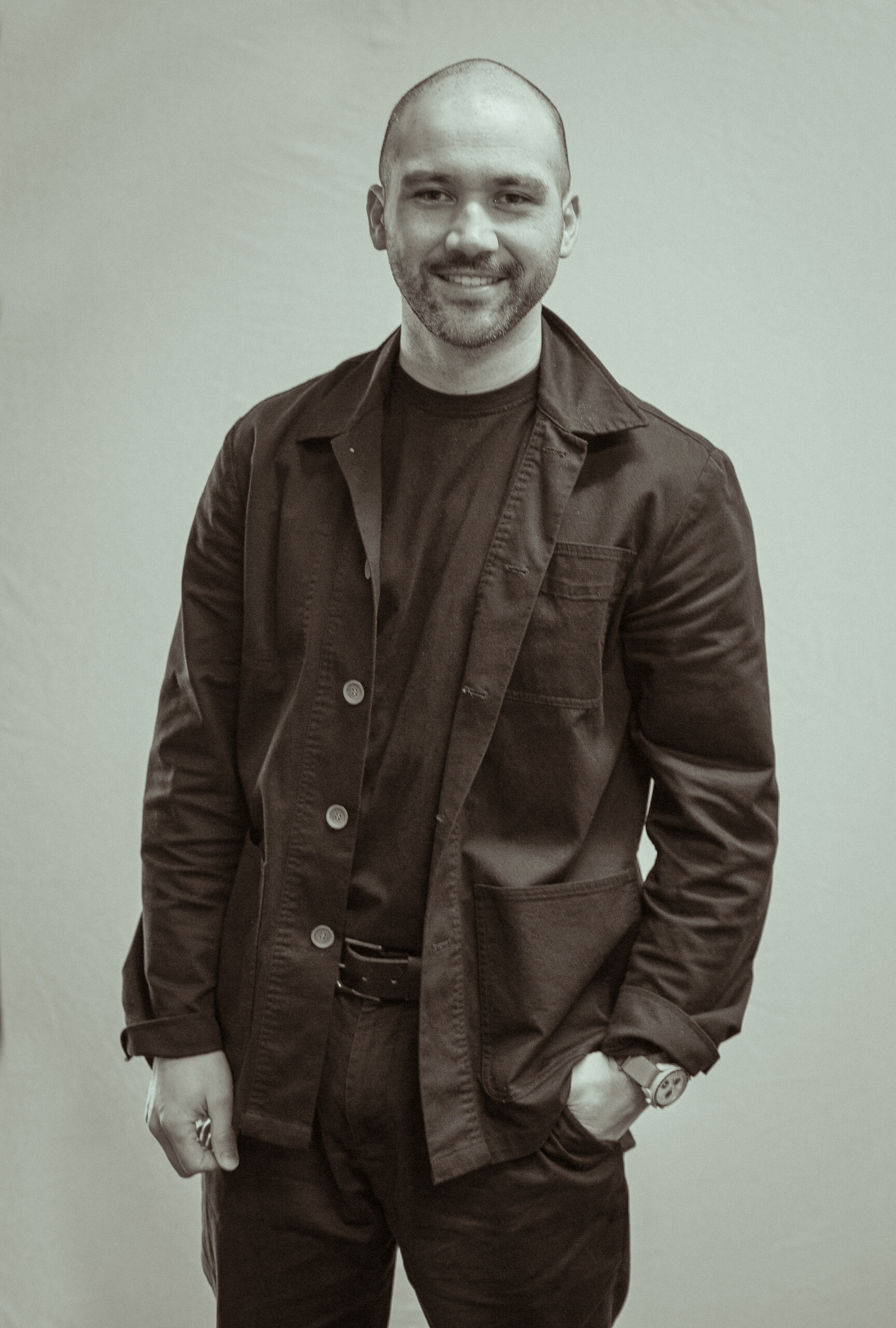
Design Origins
Joe’s perspective has been significantly influenced by his early career experiences. Working on the Sydney 2030 Plan for the City of Sydney was formative in his understanding of strategic urban thinking. Later, emerging with leadership roles at SJB and then BVN, he now champions the importance of creativity, playfulness and breaking the rules when needed. The result is a design approach that is both pragmatic and imaginative; grounded in context but always seeking to innovate.
‘Like many young architects, I aspired to architecture with a capital “A”,’ Joe said. ‘From Aalto to Zumthor – but the truth is, great buildings are made by many, and the best of them have many diverse authors. Today’s great designs are not built around single genius with a pen anymore.
‘Good projects come from collaboration, navigating competing ideas, and letting go of ego. To succeed, you need to be both an author and a collaborator. Someone who can set direction, but also listen, adapt, and work with others.’
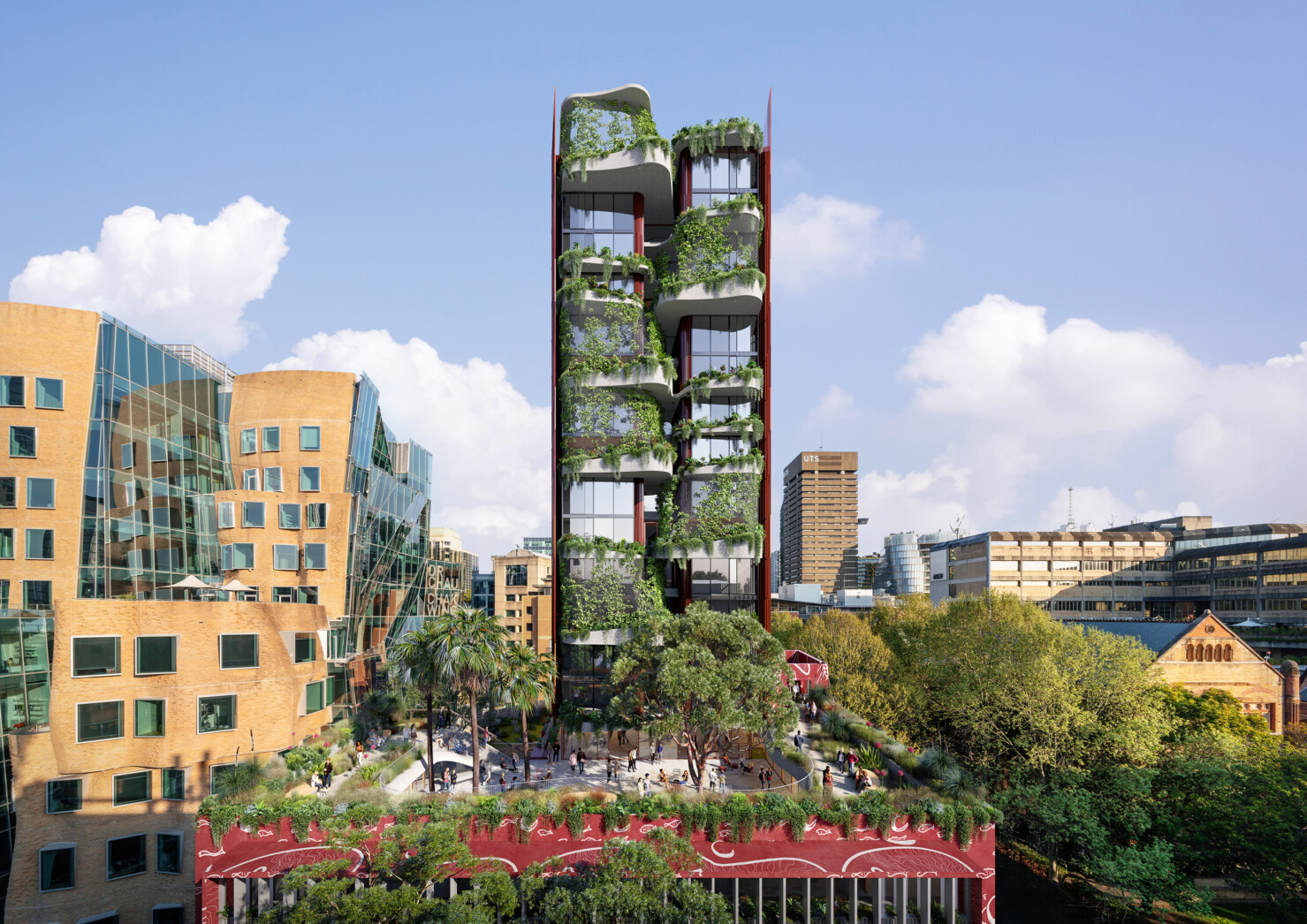
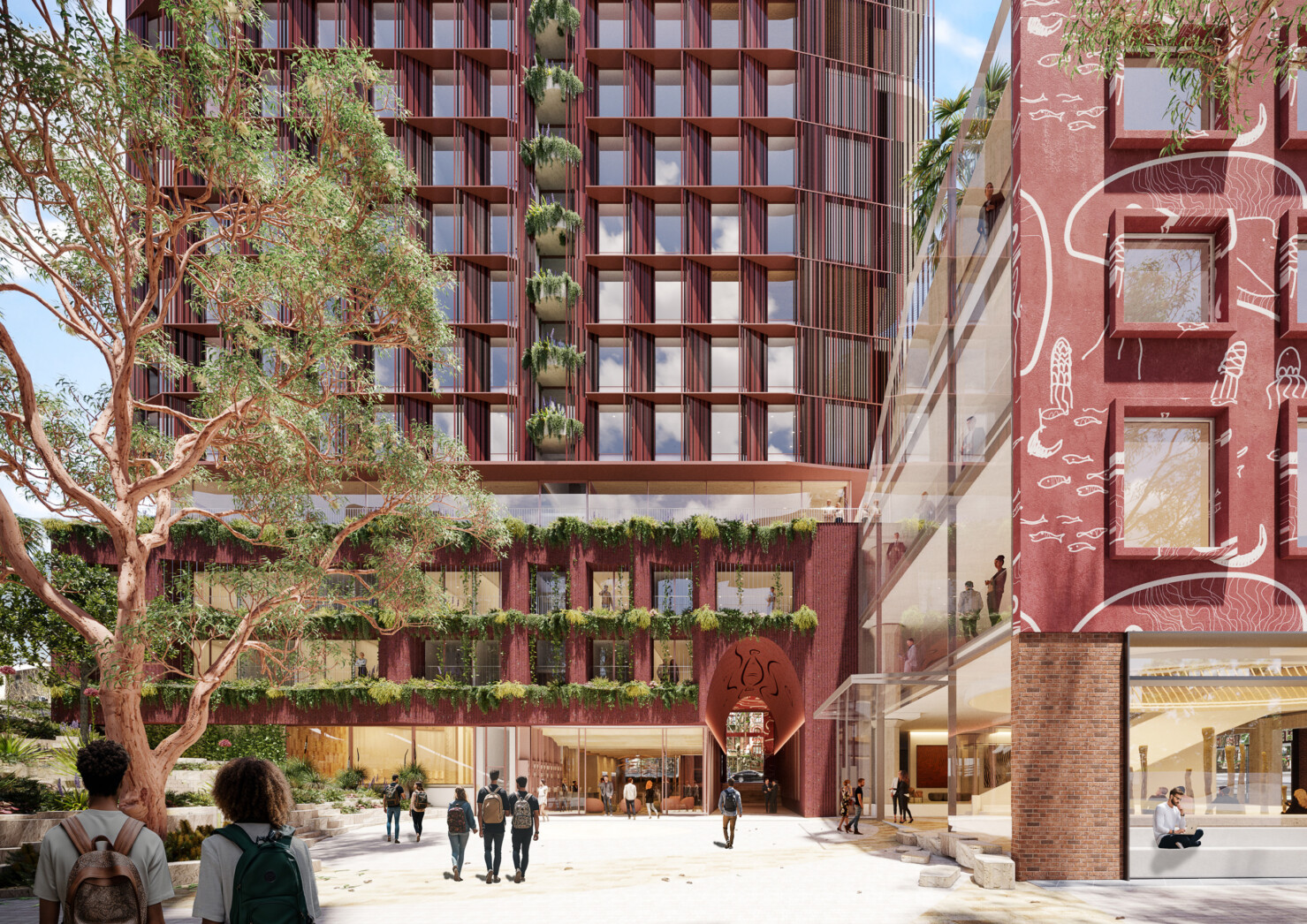
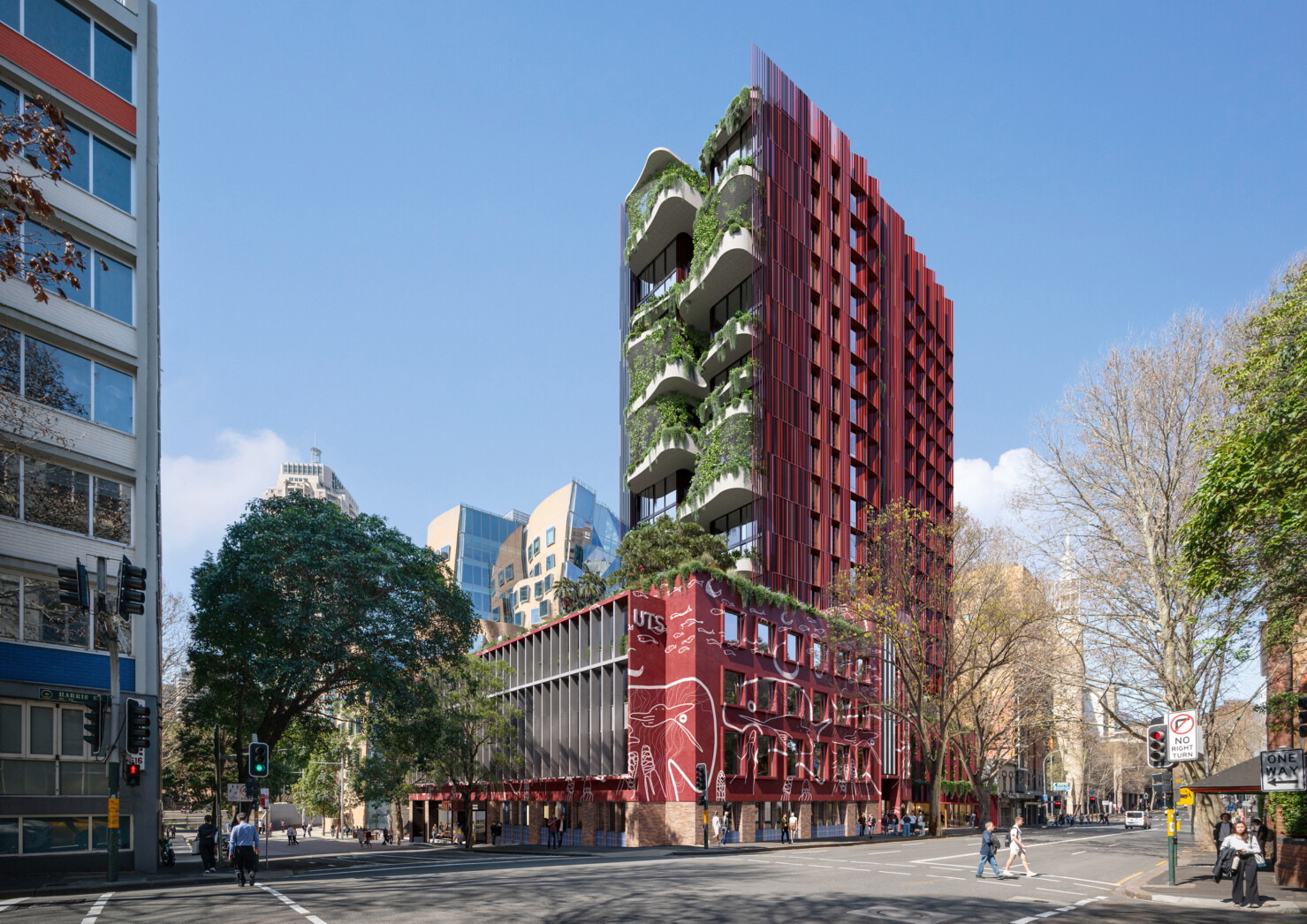
Vision, Quality and Yield
Joe also believes the role of vision is often underestimated.
‘Spreadsheets can drive yield, but they don’t build communities. Our role is to imagine what a place can be; how people will live there, how it connects to its neighbourhood. Even something as simple as a rooftop garden can transform a development into a community.
‘As architects, we often treat space as the solution to everything: bigger rooms, more privacy. But you can live comfortably in small, well-designed spaces. It’s not just about the square metres, it’s about quality – and people flock to quality.’
Looking ahead, Joe is clear-eyed about the need for innovation. ‘The real frontier is construction technology. We’re still building as we did hundreds of years ago. Prefabrication, modular systems, robotics – these methods need to be embraced at scale, especially for mid-rise housing. That’s where we can deliver quality, speed and affordability.’
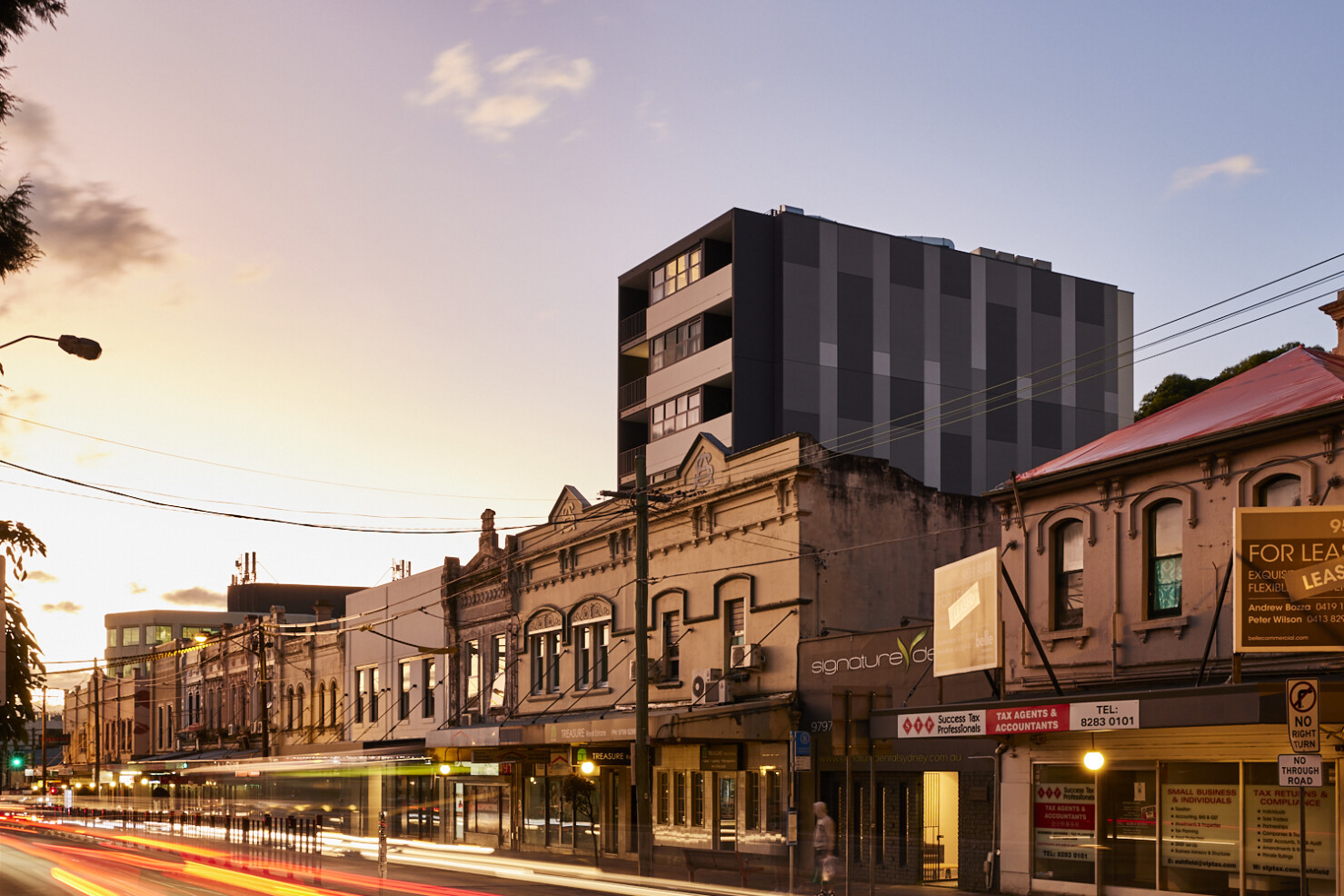
Sydney Problems Require Sydney Solutions
When it comes to challenges, Joe sees Sydney’s housing crisis as both urgent and ripe with potential. ‘Housing is already broken. It’s failing across the board – not just for disadvantaged groups, but for all types of household: professionals, singles, families, older people, everyone in between. Apartment design is often lacking the diversity to provide for different family structures, and suburban housing often fails to adapt to changing needs. That gap is where design can make a difference.’
While there’s no single city he’d copy, Joe does take lessons from many.
‘Danish cities, for example, are brilliant in how they prioritise public space and integrate housing. But those solutions are uniquely Danish. Sydney has its own strengths, like how it responds to its topography and views, and has made great inroads in allowing development to follow major transport infrastructure.
‘What we lack is flexibility. In parts of Southeast Asia, housing, shops and schools sit side by side in a much more organic way. In Sydney, zoning rules make us slow to adapt, and that feeds into the housing crisis.’
So while Sydney is imperfect, so is everywhere else. The point is Sydney problems require Sydney solutions.
